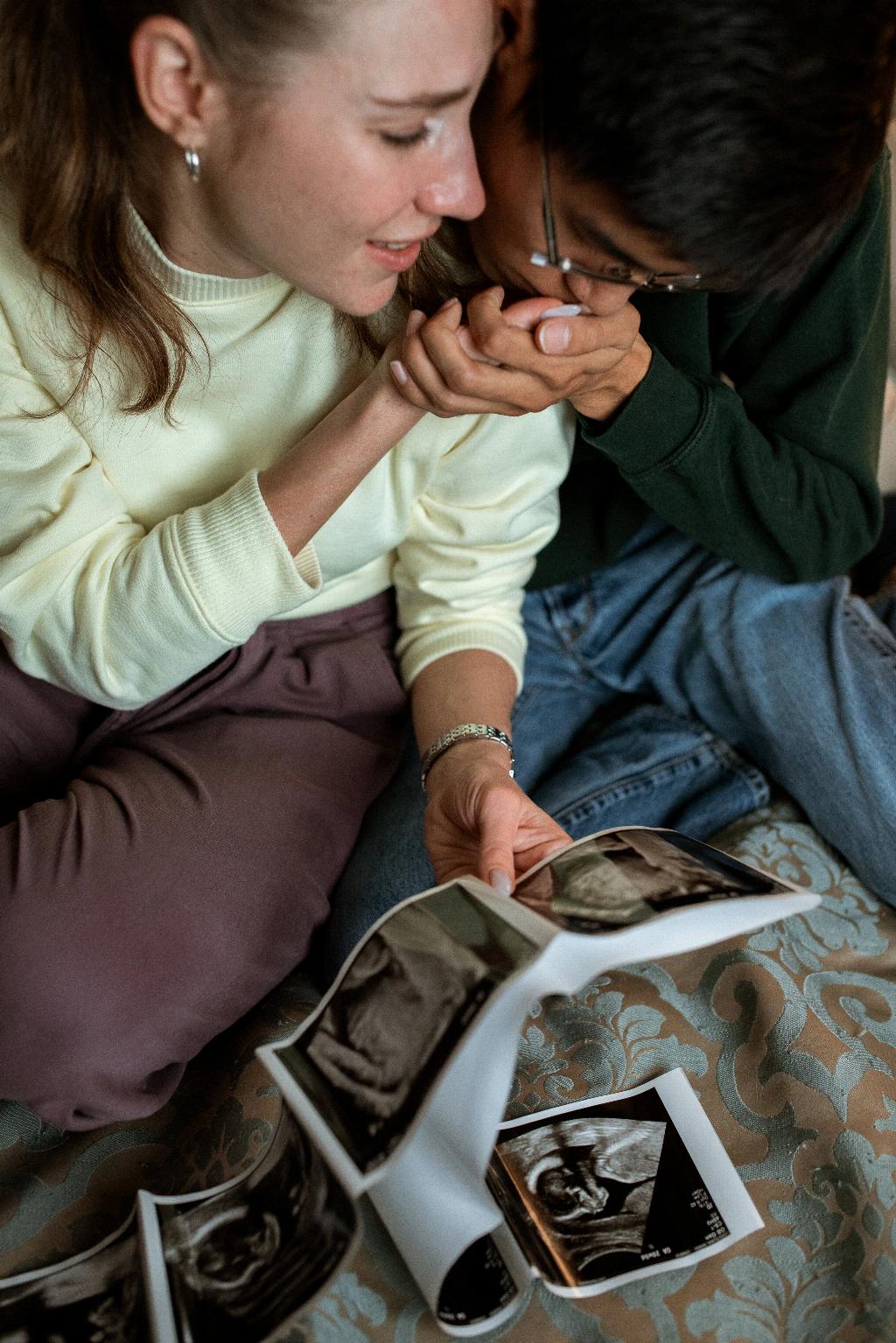One common concern for many women who have undergone a Cesarean section (C-section) is when it is safe to start engaging in core exercises to regain abdominal strength and tone after childbirth.
After a C-section delivery, it is crucial to give your body ample time to heal before starting any rigorous physical activity, including core exercises. Most healthcare professionals recommend waiting approximately six to eight weeks before beginning any postnatal exercise regimen.
During the initial few weeks following a C-section, the focus should primarily be on rest, recovery, and gentle movements to aid in the healing process. It is essential to listen to your body and not rush into intense workouts that could potentially strain your recovering muscles.
Once you have reached the six to eight-week mark post-C-section, you can gradually incorporate low-intensity core exercises into your fitness routine. These exercises can help strengthen the abdominal muscles, improve posture, and enhance overall core stability.
Walking is an excellent low-impact exercise that can be beneficial in the early stages of postpartum recovery. It helps promote circulation, aids in weight loss, and prepares your body for more strenuous activities, including core exercises, as you progress in your postnatal fitness journey.
When starting core exercises after a C-section, it is crucial to focus on gentle movements that engage the abdominal muscles without putting excessive strain on the incision site. Pelvic tilts, pelvic floor exercises, and gentle abdominal contractions are great ways to initiate core strengthening without overexerting yourself.
Stability ball exercises can also be incredibly beneficial for rebuilding core strength post-C-section. These exercises help engage the deep core muscles, improve balance, and enhance overall stability, which is essential for daily movements and activities.
Engaging in Pilates or yoga classes specifically tailored for postpartum women can be advantageous in rebuilding core strength and flexibility after a C-section. These classes often emphasize controlled movements, proper breathing techniques, and gentle core exercises that target the abdominal muscles without causing strain.
As you progress in your postnatal fitness journey, gradually increase the intensity and duration of your core exercises. Remember to listen to your body, and if you experience any pain, discomfort, or unusual symptoms, it is crucial to consult with your healthcare provider before continuing with your exercise routine.
It is essential to prioritize proper form and technique when performing core exercises after a C-section to prevent injury and promote effective muscle engagement. Focus on gradual progression, and do not push yourself beyond your limits, especially in the initial stages of postpartum recovery.
Stay consistent with your core exercise routine, but also allow for rest and recovery days to give your body sufficient time to recover and adapt to the physical demands of postnatal exercise. Balancing physical activity with rest is key to achieving optimal results and avoiding burnout or overtraining.
Remember that every woman’s postpartum recovery journey is unique, and it is essential to listen to your body’s signals and adjust your exercise routine accordingly. Be patient with yourself, celebrate small victories, and prioritize self-care throughout the post-C-section recovery process.
By incorporating safe and effective core exercises into your postnatal fitness routine at the appropriate time, you can gradually rebuild abdominal strength, improve core stability, and enhance overall physical well-being after a C-section delivery.

